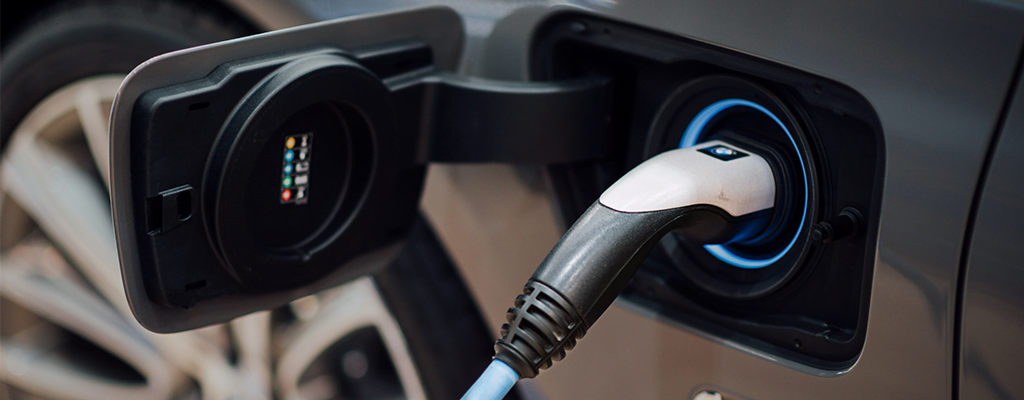
As your fleet makes the inevitable transition from internal combustion engine (ICE) to electric vehicles (EVs), you might be in for a shock when the first maintenance and repair bills come in.
New research suggests that the cost of a breakdown for an electric vehicle (EV) is 2.7 times more than that of an internal combustion engine (ICE) car.
With EV adoption becoming more mainstream, and eventually inevitable as more countries plan to bring in bans of sales of petrol and diesel cars, these higher costs could be a significant new cost for your fleet. Sales of ICE cars will be banned in the UK in 2030, and we can expect continued growth in EV adoption as we approach that date.
Recent analysis by Total Motion found that, on average, breakdown costs for a petrol or diesel car were £221 per incident (excluding accidents) compared with £596 for an EV. The analysis looked at more than 2,500 EVs over a four-and-a-half year period.
The number of breakdowns for EVs was higher too, 3.1 incidents on average for for EVs over that 4.5 year period, versus 1.9 for an ICE vehicle.
On the other hand, service, maintenance and repair (SMR) costs for EV’s are 27% lower, on average, than they are for an ICE car.
Reliability, downtime costs and breakdown frequency were all monitored by the Total Motion, comparing EVs with ICE cars in a number of key areas based on 36 months or 75,000 miles.
These key areas included:
- SMR costs
- Number of breakdowns over 36 months or 75,000 miles
- Fleet insurance costs
- Downtime
- Parts availability
- Repair times
- Dealer/repairer performance.
The driving history of more than 2,500 EVs were scrutinised by the Total Motion team between June 2017 and December 2021.
In EV cars even components like windscreens can be vastly more expensive: the average ICE windscreen replacement was £397 compared to an average of £2,382 for an EV – six times more expensive.
Customers were happier, on average, with ICE car dealers than they were with EV dealers – dealer satisfaction for ICE vehicles was 84%, compares to 53% for EVs.
EVs were also found to fall shorter of their published range than ICE cars were behind their published miles per gallon: ICE vehicles achieved 83.6% while EVs achieved 74.1%.
In terms of insurance, Total Motion found insuring an EV is approximately 19% higher than that of an ICE equivalent, and in of in terms of vehicle off road (VOR) days including accidents, the average number of EV VOR days was 15.3 compared to 2.8 for an ICE vehicle.
Another increased cost for EVs found by the study is insurance, which was found to be about 19% higher for EVs than an ICE equivalent.
Simon Hill, Total Motion director, said: “Whilst the clamour for EV vehicles is gathering momentum, particularly with generous company car tax breaks and the 2030 deadline for ceasing production of new petrol and diesel cars in the UK, we decided to carry out this research on behalf of our fleet customers.
“The findings of the study lead us to conclude that the transition to EV for many fleets is being done far too early, and that this will have significant cost and operational implications.”
Hill concluded: “Our long-term view is that ICE will continue to reduce in volume and EV and plug-in hybrid (PHEV) vehicles will continue to increase, with a view to hydrogen or hydrogen plug-in being challengers to EV within 15-20 years.”
Are your drivers ready for EVs? Electric vehicles are a vastly different driving experience for people used to ICE vehicles. Faster acceleration, no gears and unfamiliar tech can be intimidating to the uninitiated. If your fleet is a making the transition, an EV Familiarisation course could be the key to ensuring your staff are comfortable, confident and safe in their new high-tech vehicle. Get in touch to learn more.



